A breeding pair of Barn Owl range over around three square kilometres, depending upon the habitat. They hunt mainly within one to two kilometres of their nest site in summer but will feed or roost up to six kilometres away in winter.
It's been estimated that Barn Owls in arable landscapes require around 35km of rough grassland margins, 4 to 6 m wide or 14 to 21 hectares, within 2 km of the nest site in order for the population to be self-sustaining. In mixed landscapes, they need a little more rough grassland than this.
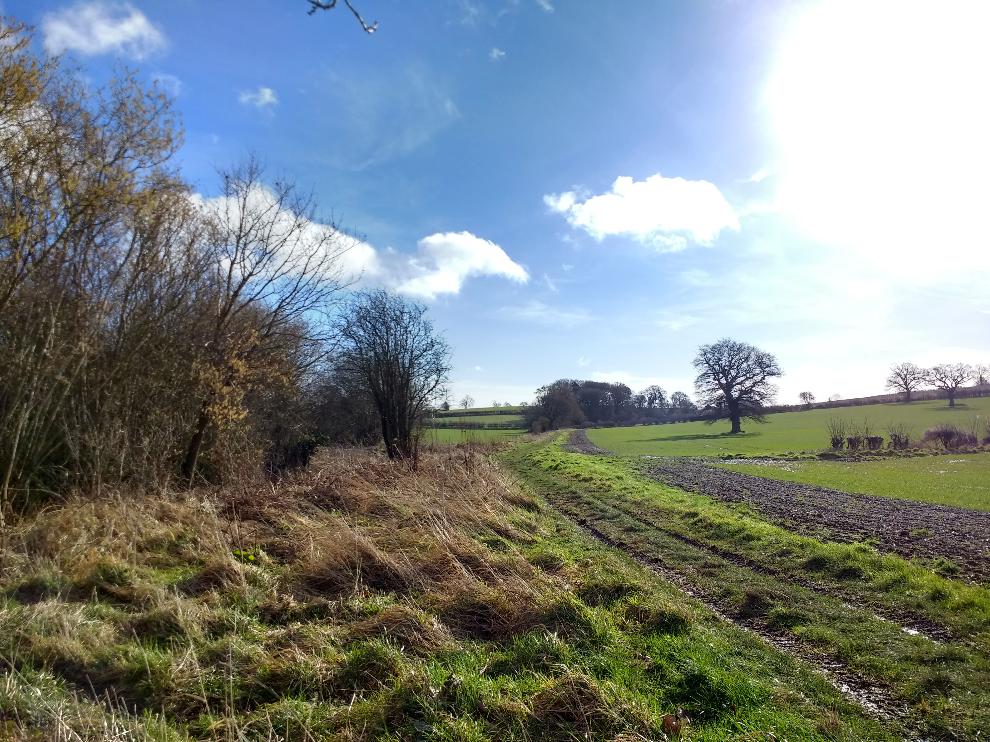
Arable and mixed farmland are generally better for Barn Owls than those dominated by intensively grazed pasture and silage fields.
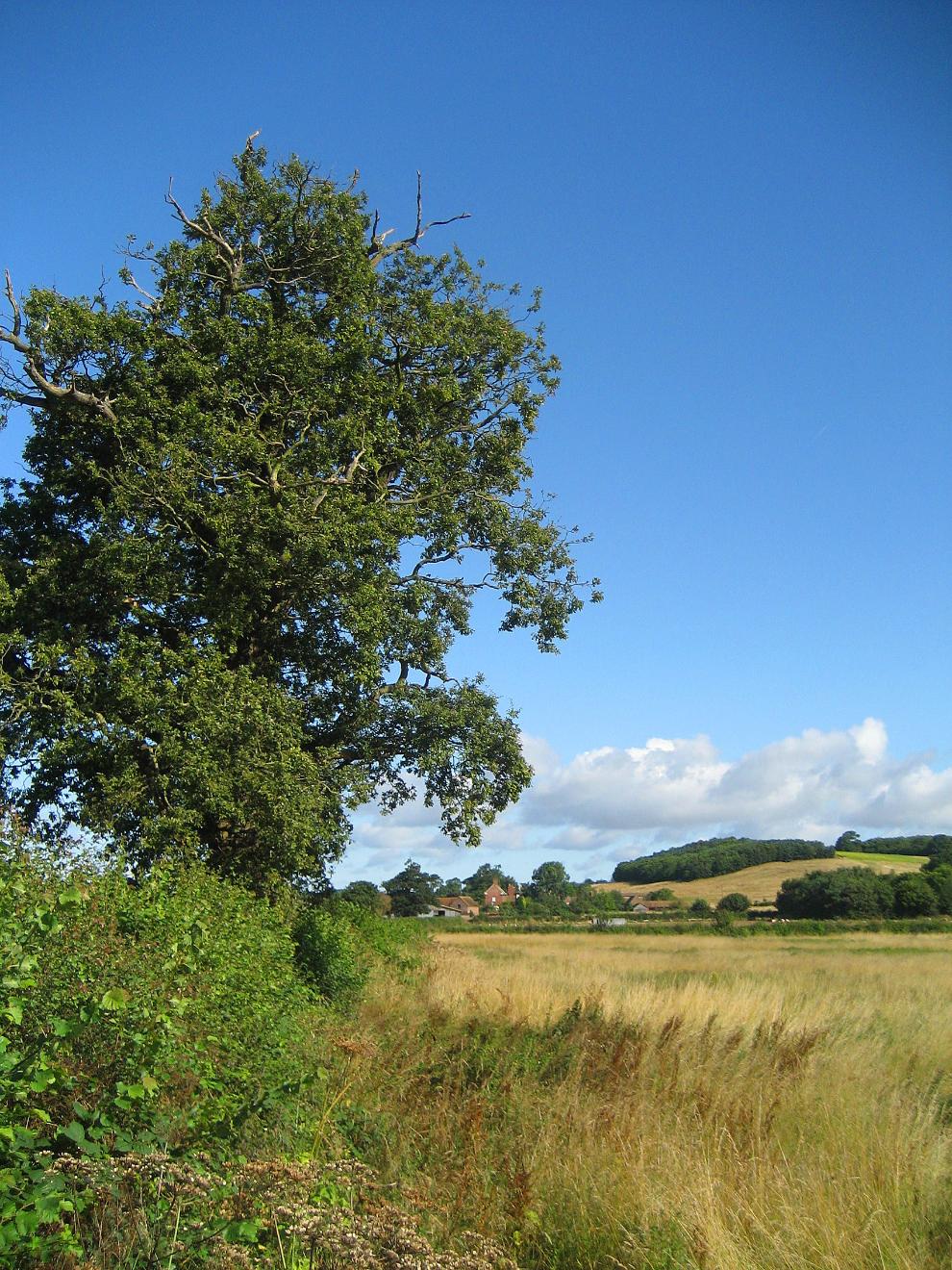
The main prey of the Barn Owl in Shropshire is the Field Vole whose optimum habitat is referred to as rough grassland. Rough grassland should not be confused with ‘rough grazing' where the grass is grazed very short and is unable to support Field Vole.
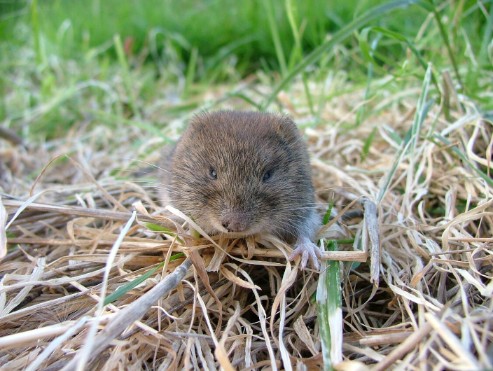
The structure of the grass is important and should comprise a thick sward 20-40 centimetres high which is largely unmanaged to allow a dense litter layer of fallen stems and leaves, no less than 7cm deep, to develop at the base of the tussocks.
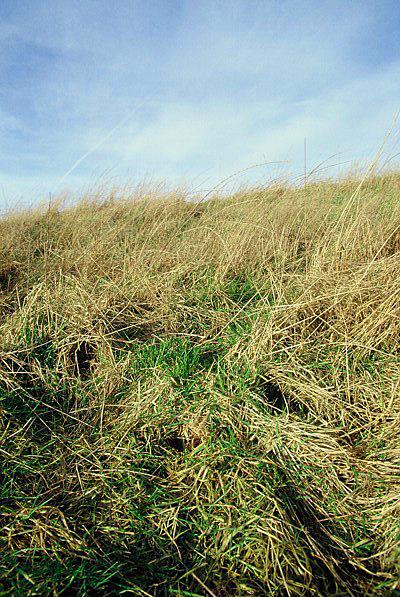
Rough, tussocky grassland means that it is ungrazed or occasionally topped. It is never mown or grazed short as this will destroy the thatch of litter in which Field Vole thrive.
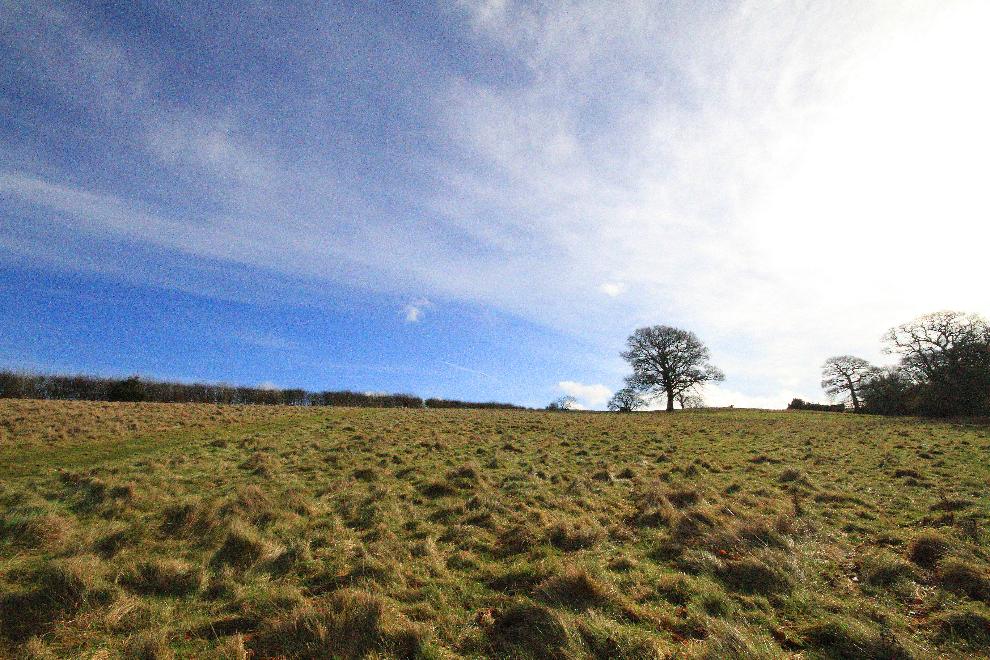
A mixed sward of soft, nutritious species such as Yorkshire Fog, Meadow Grass, Sweet Vernal Grass and Small Cat's-Tail with tussock forming perennial grasses including False Oat-Grass, Timothy Grass, Cock's-foot and Meadow Foxtail is preferable.
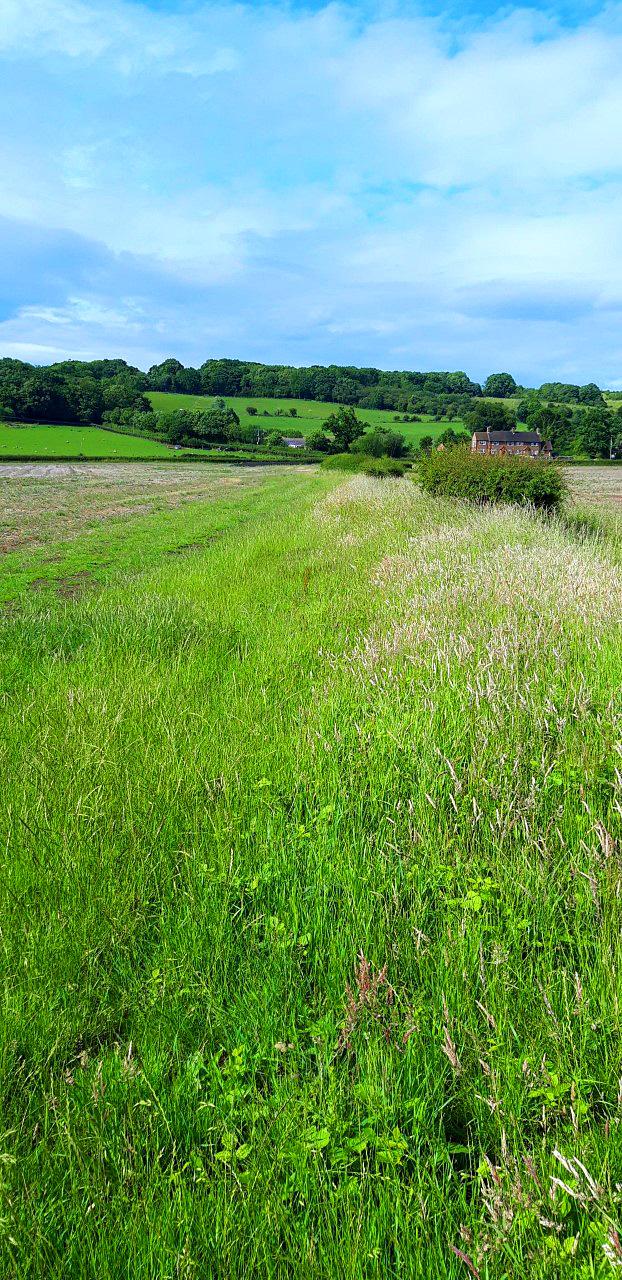
Rough,tussocky grassland characteristically appears golden brown in autumn and winter, rather than the green of pasture and silage fields.
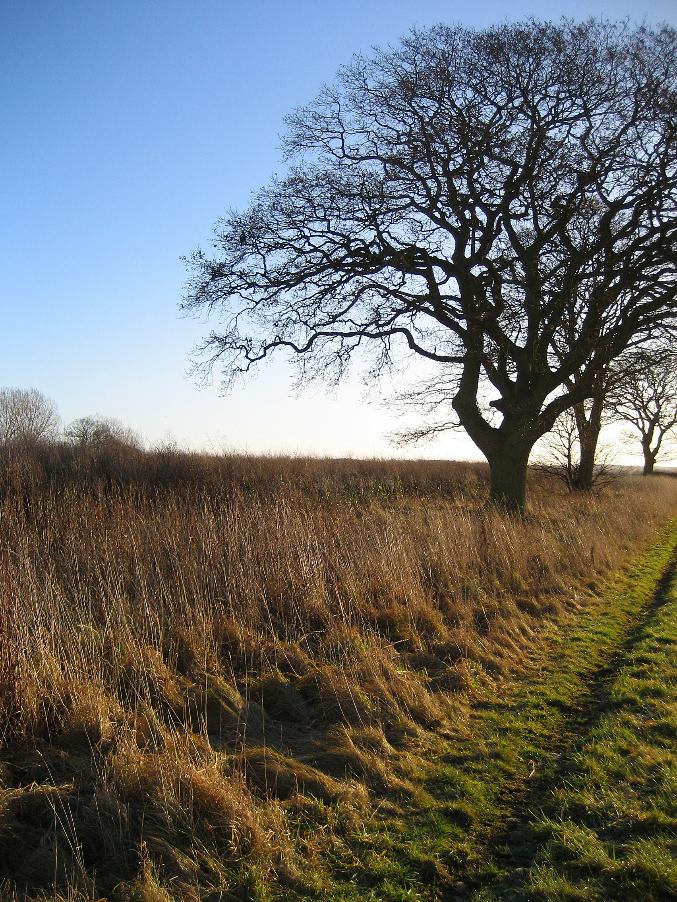
Within the farmed landscape rough grassland is often confined to linear, edge features such as hedgerows,

drainage ditches,
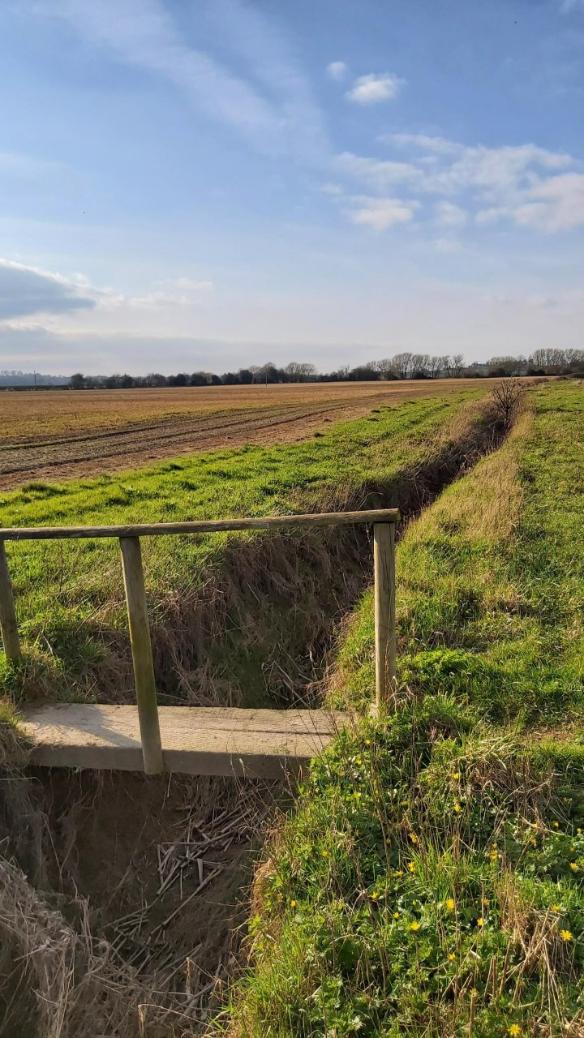
riverbanks,
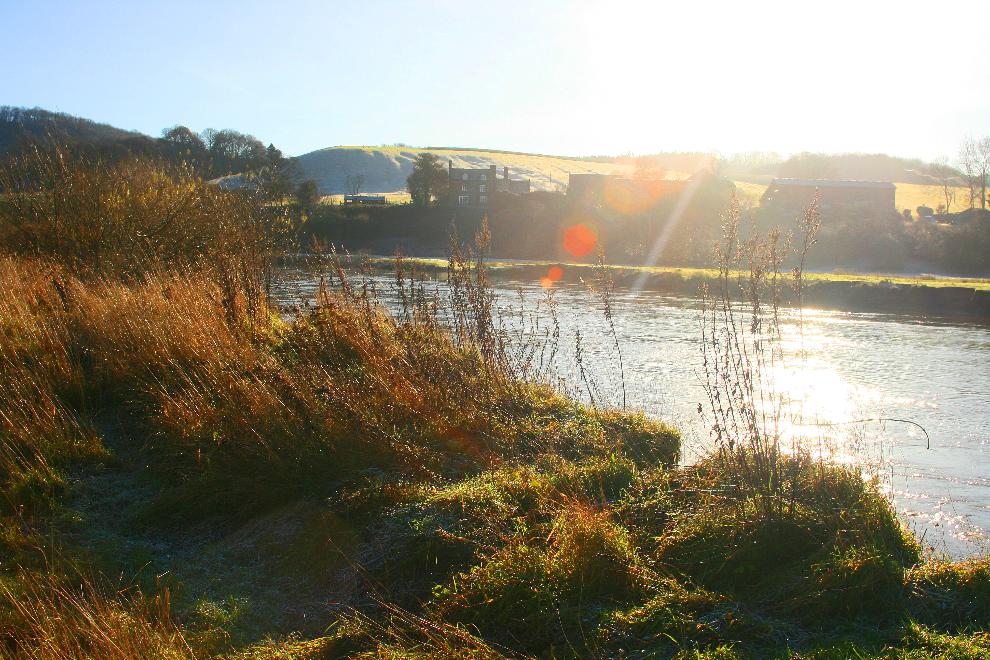
bank slopes,
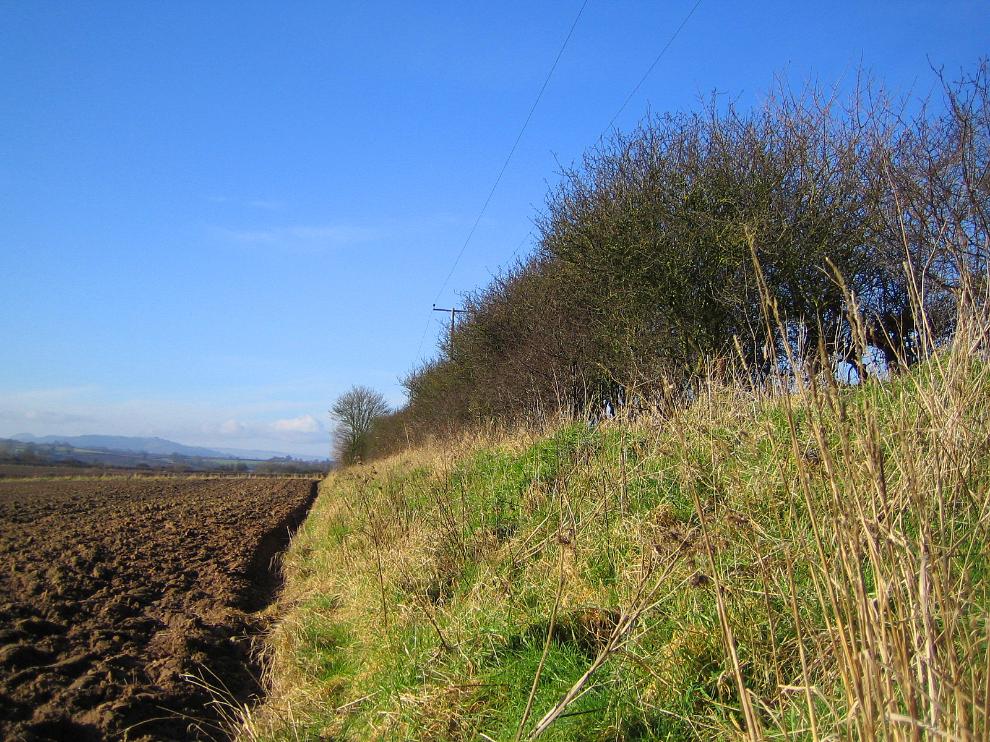
farm tracks,
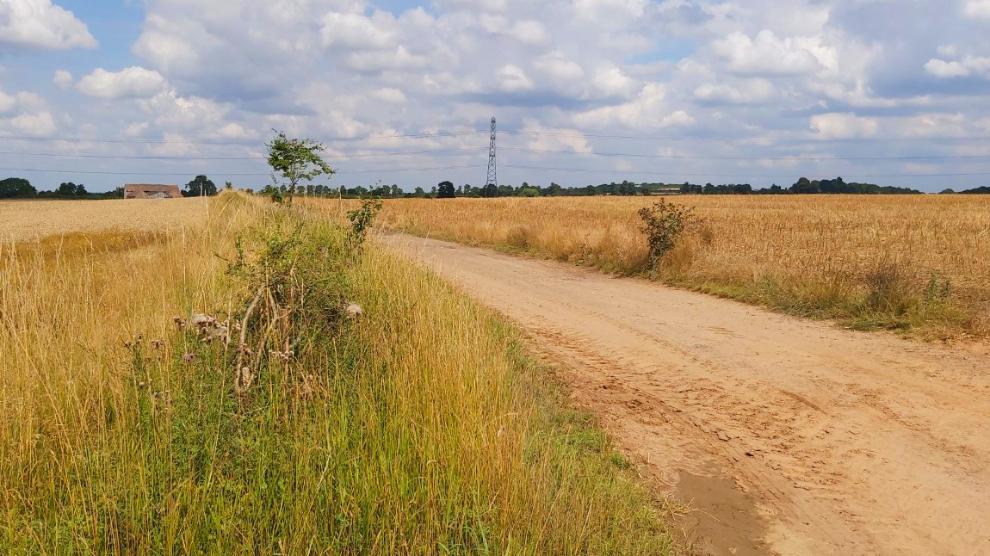
These features, as well as fence lines and woodland edge, provide habitat for Field Vole and other small mammal prey such as Wood Mouse and Common Shrew, and are therefore important hunting sites.
Grassy margins sown around arable fields under agri-environment schemes are an increasing and valuable hunting habitat for Barn Owls.
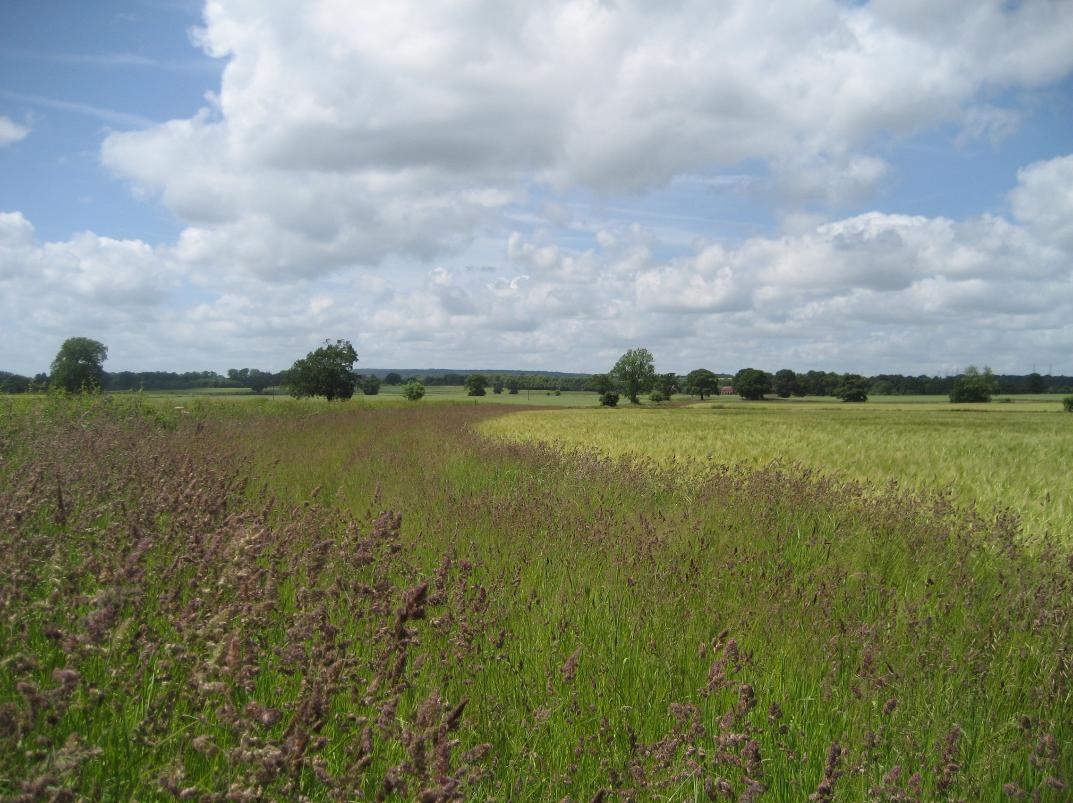
Mown too intensively, as in the photo below, and grass headlands will not provide suitable habitat and permanent cover for Field Voles and are therefore of little value to hunting Barn Owls.

Hay meadows, young plantations, wetlands, heaths and scrub, where some rough grassland exists, will all provide some transient or permanent hunting grounds for Barn Owl.
In urban areas, road verges, railway enbankments and development land provide good hunting habitat. Grassy verges along country lanes, left unmown, provide many kilometres of good hunting habitat and excellent opportunities for encouraging Barn Owls where suitable habitat doesn't exist in the adjacent fields.
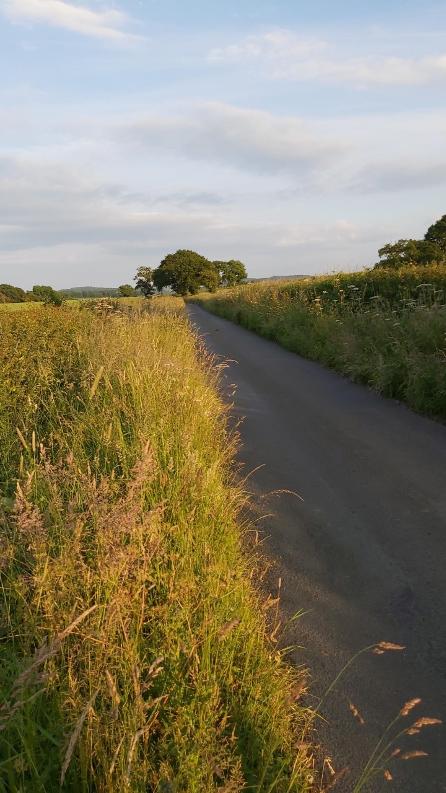
Rough grazing is poor habitat because it offers no opportunities for Field Vole to become established.
Agriculturally improved grassland, intensively grazed by cattle, sheep or horses and dominated by rye grass and white clover, will not support Feld Vole or enough other small mammals to support Barn Owls and is not suitable.
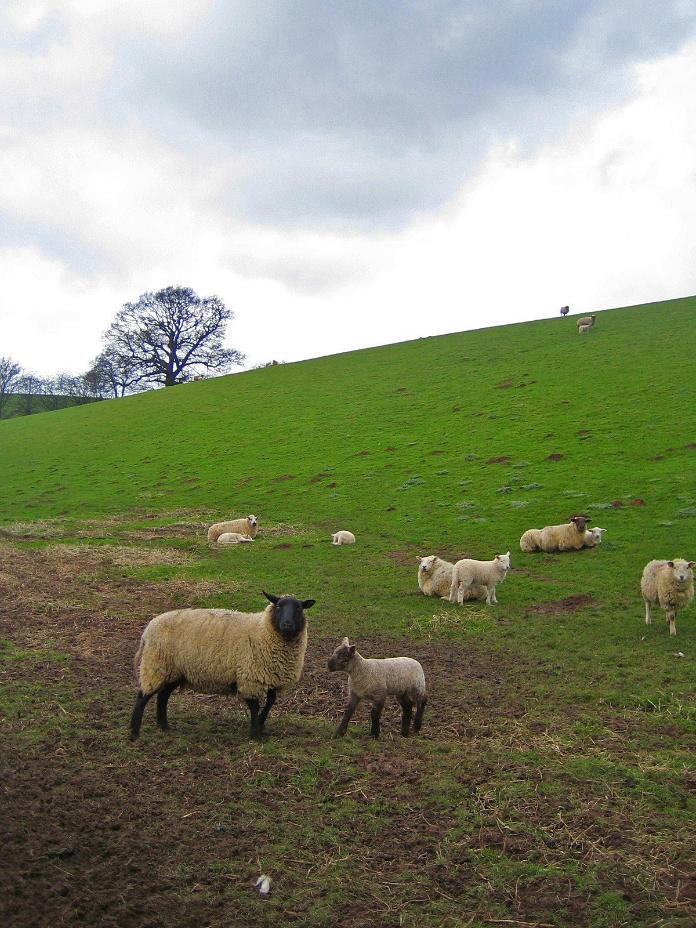
Silage fields,
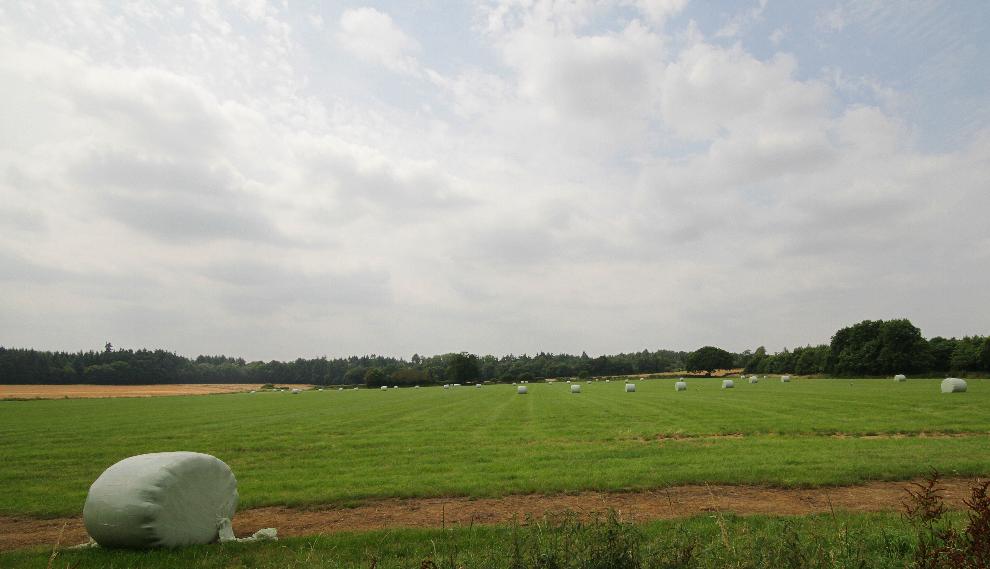
crops
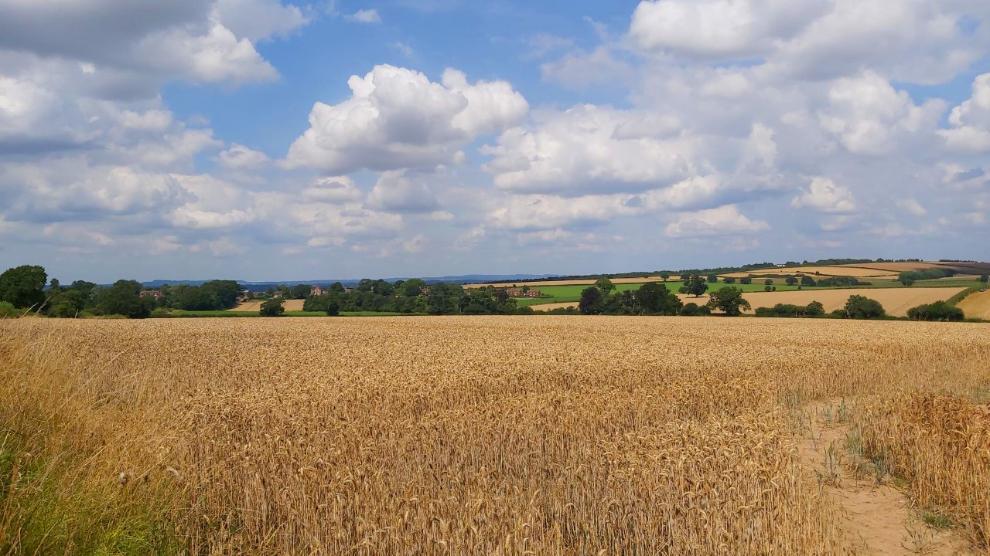
and winter stubble may hold some secondary prey species but cannot support populations of Field Vole and will not sustain a Barn Owl pair.
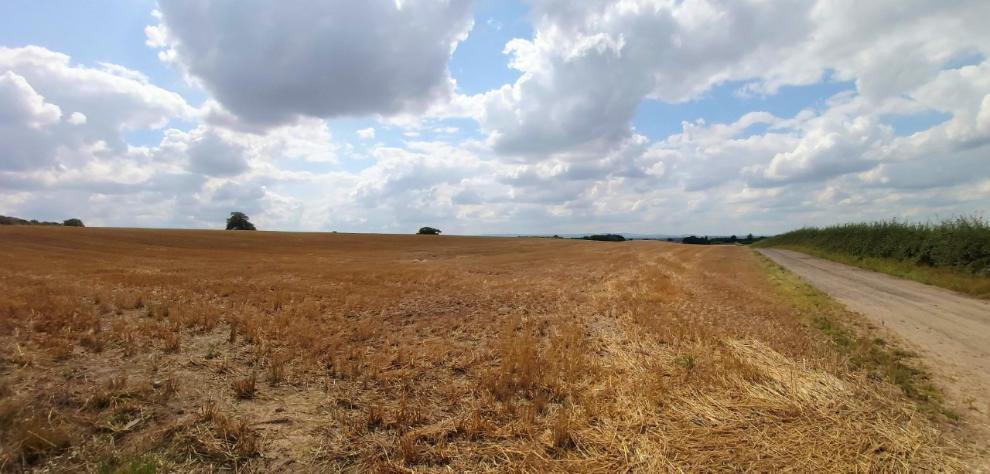
- Retain large, old trees to provide nest and roost sites.
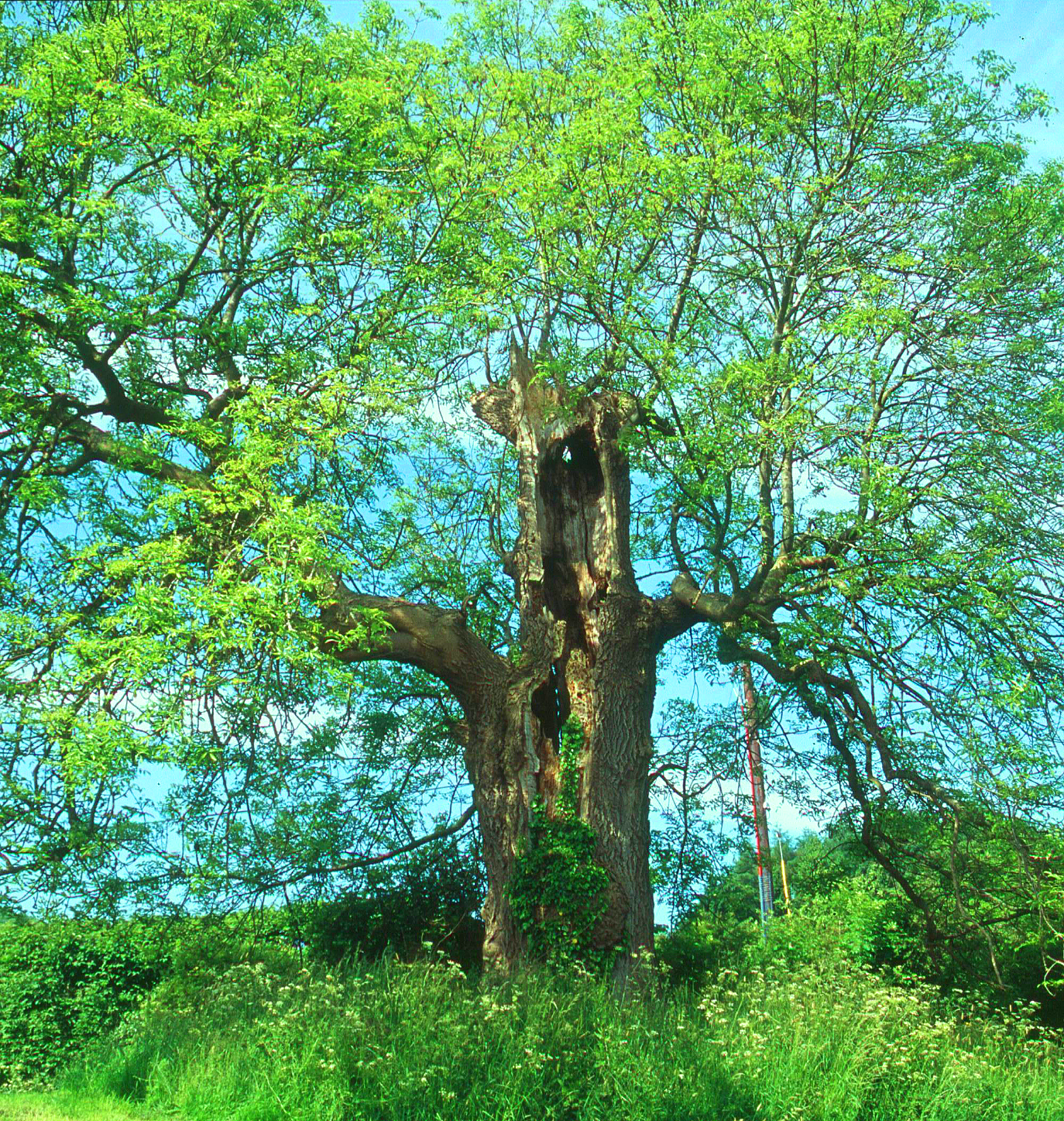
-
Retain old barns and stock shelters or where they are to be developed consider incorporating an owl window and nestbox chamber to provide a nesting site for Barn Owls. SBOG can advise on this.
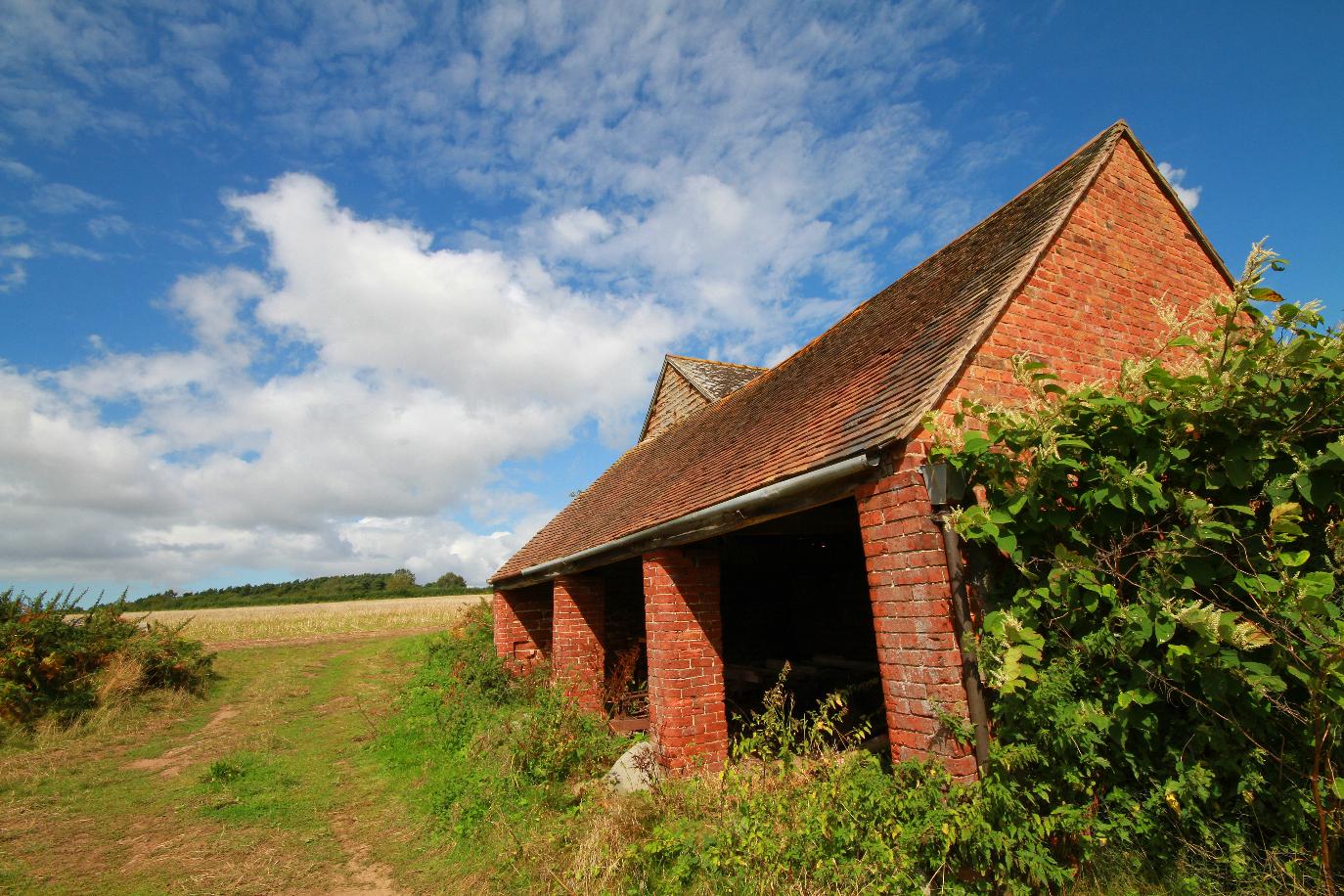
-
Retain old posts as hunting perches.
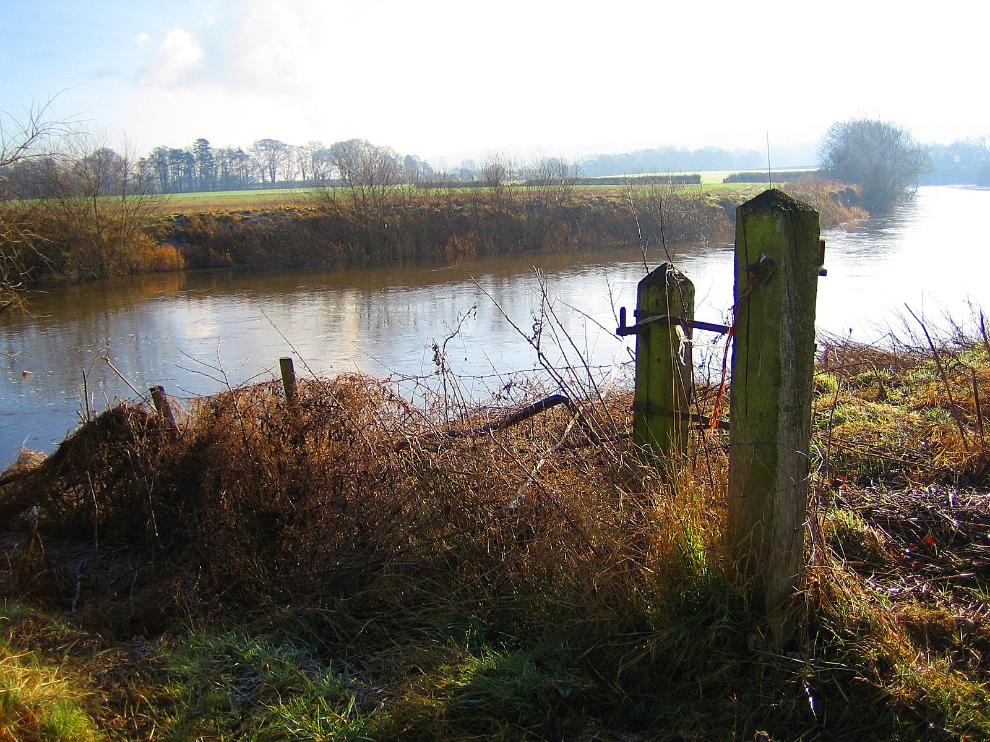
-
Avoid the use of toxic second generation rodenticides such as brodifacoum.
Why is the grass so long on the caravan park?
Find the answer from the Weston Barn Owl field below

|
Weston barn owl field, Much Wenlock - Lesley Vandyke.pdf Size : 102.047 Kb Type : pdf |